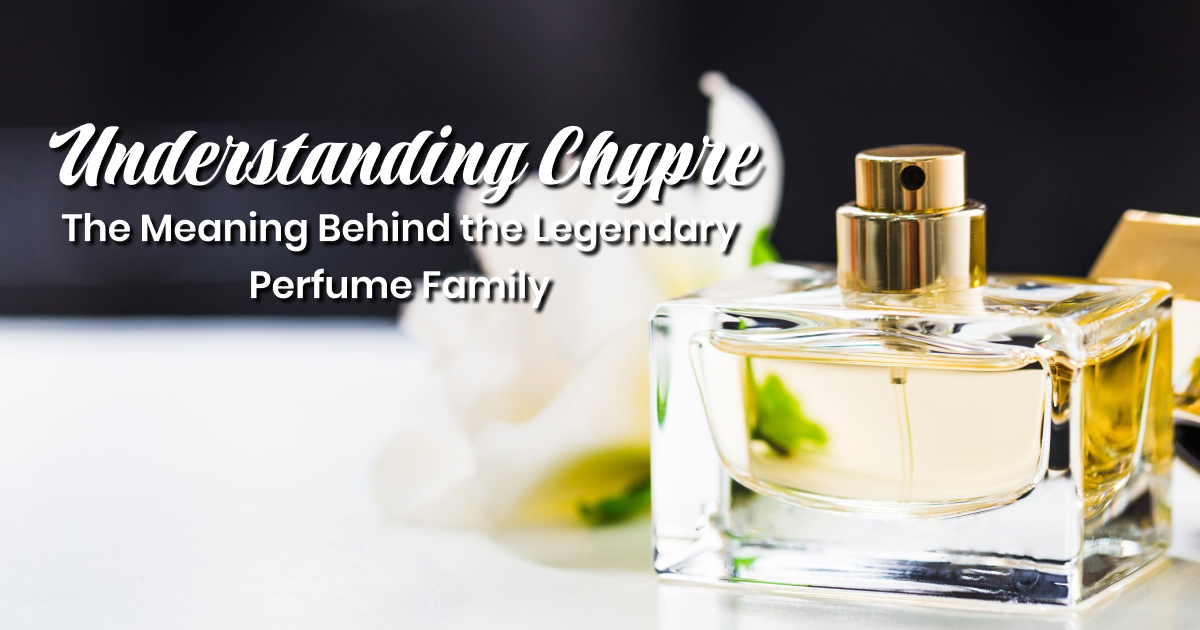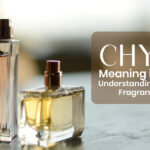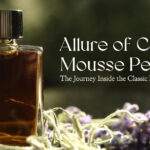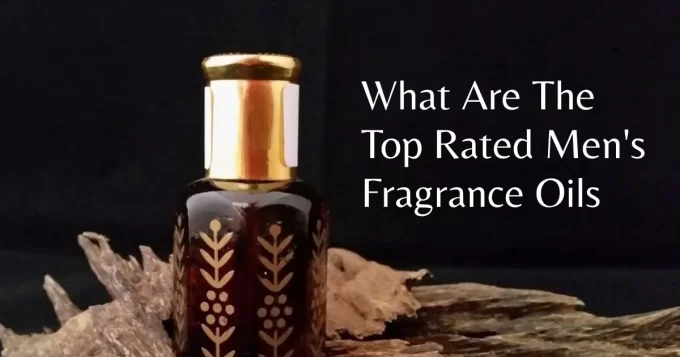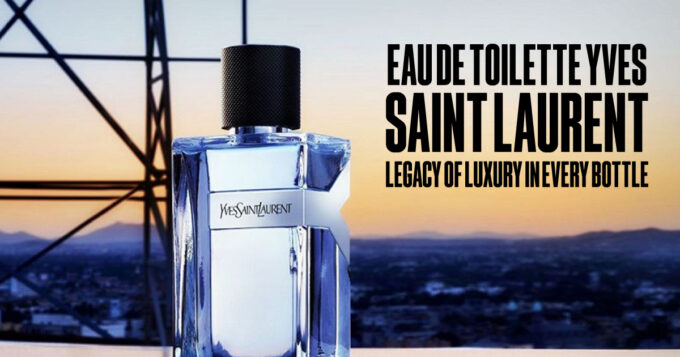Understanding Chypre: The Meaning Behind the Legendary Perfume Family
A term frequently mentioned in perfume-related conversation, Chypre remains somewhat of an enigma to most. Pronounced “sheep-ra,” it describes a type of family of fragrances as well as a style of perfumes defined by their commonly accepted characteristics.
The word Chypre is derived from the French word for Cyprus, the Mediterranean island famous for its centuries-long history in the art of scents. The chypre fragrance family holds a very special position in the world of perfumery.
It is a perfect synthesis of the following: earthy, woody, and mossy notes. Let us delve into this blog post to understand what chypre is, what its origins are, its structure, and why it remains one of the most loved scents within fragrance enthusiasts.
Origins of Chypre
Coty’s creation became an archetype of what we now understand and refer to as the Chypre family—the intriguing blend of contrasting notes that produce a rich, mysterious aroma, much like Chypre Palatin perfume, which carries on this legacy with its opulent, multifaceted scent.
But before Coty, however, the ancient Mediterranean societies had already put to use many of the same ingredients with those natural leads that build the basis for the complex sophisticated modern Chypre perfume we now use.
Chypre Perfume Structure
Chypres have the traditional olfactory structure, distinguishing them from other families of perfumes. The core components are usually:
Citrus top notes : typically fresh and tart, which is citrus. Citrus serves as an introductory phrase for the perfume, commonly involving: bergamot, lemon, or neroli.
Floral or fruity heart notes: as with the addition of depth and complexity, typical examples being rose, jasmine or peach.
Woody and mossy base notes. The Chypre, of course, rested on earthy base notes – oakmoss, patchouli, and labdanum, long-lived and richly distinctive.
Its bright citrus over earthy, mossy undertones deliver a well-balanced scent that lingers much longer than most perfume smells. Top notes provide the fresh feel at first, but it is the rich, layered base notes that most characterize the Chypre.
Chypre Variations
Sure! Here’s the revised paragraph with “perfumes examples” incorporated:
Over the years, numerous perfumers have developed modifications of the Chypre structure. Those modifications led to the development of various subtypes and helped perfumers broaden their reach.
Some common variations include the following perfumes examples: Chypre Floral (such as Miss Dior), Chypre Fruity (Paco Rabanne’s La Nuit), and Chypre Leather (Serge Lutens’ Boxeuses). These examples highlight how the classic Chypre family has been adapted to create unique, modern scents that still retain the characteristic blend of citrus, moss, and woody notes.
Floral Chypre: This version offers more obvious floral notes, rose, ylang-ylang, or jasmine to recreate a version of chypre with softer and more feminine fragrances.
Fruity Chypre: Adds the juice of peach, apricot, or plum to balance out its earthy bottom and become an easier, playful, and more lively fragrance.
Woody Chypre: This version amplifies the natural woodiness within the base notes by using Cedar, sandalwood or vetiver that produces much of the masculine, grounded smell.
Leather Chypre: This is fantastic to add a leather note for some rugged sophistication. One just needs bold and intense fragrances.
For each variation, it gives one another different experience while maintaining the signature Chypre characteristics of complexity and elegance.
Why Chypre Perfumes Are So Beloved
Chypre is such an attractive category since it offers versatility and depth. The layered aspect of the composition allows the perfume to react with the skin while oxidizing, which means that they therefore change along with time as well. What’s interesting, however, is how easy it may be to apply in the morning and still wear during the evening depending on the intensity and number of notes.
Chypre perfumes tend to convey an aspect of sophistication and elegance, hence favored by those who prefer a more complex and not cloyingly sweet fragrance. Since it carries an earthy mossy base, it may be a long-lasting perfume for people who want to feel it stick on them for long hours.
Famous Chypre Perfumes
There are some really marked Chypre perfumes in the world of fragrance. Here are a few:
Mitsouko Guerlain: One of the most historic Chypre perfumes-there’s peach, jasmine, and oakmoss combined for a timeless fragrance.
Coty Chypre: This is the original which started it all. It is the definition of the classic Chypre family.
Cristalle Chanel: The light and more modern interpretation of Chypre with a floral and citrus touch.
Miss Dior: The floral Chypre profile, infused with rose, patchouli and moss.
Who should wear Chypre?
The Chypre fragrances really are awesome perfumes for people with a sweet tooth for fragrances and don’t want them too sweet. They are normally well catered to people who want it potent, classy, and long-lasting. Because they are deep and earthy, most Chypre perfumes are linked to cooler seasons, but a person may wear them all year round if they want to be sophisticated.
In short, Chypre perfume represents the essence of perfumery classics, the fine fusion of nature in an opulent olfactory experience. With floral, fruity, or woody choice options that, seemingly, were there before such a term, Chypre ensures there’s a style for every individual with mystery at its very core. So go find out Chypre’s allure if you haven’t had the chance yet to think about this perfume family.


